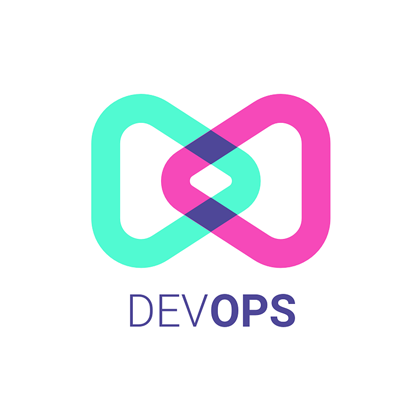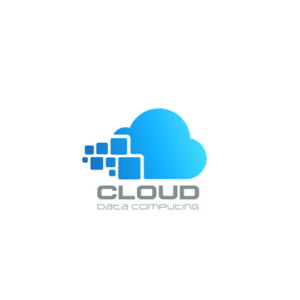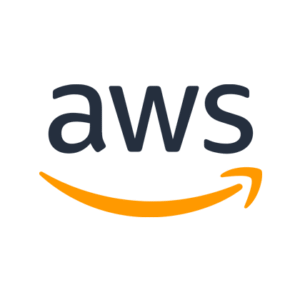$100.00
DevOps is more than just a set of tools—it’s a mindset and culture shift aimed at increasing productivity, reliability, and collaboration. By embracing DevOps, organizations can deliver better software, faster and more efficiently.
Reviews
| 5 star | 0% | |
| 4 star | 0% | |
| 3 star | 0% | |
| 2 star | 0% | |
| 1 star | 0% |
Sorry, no reviews match your current selections
Portfolio & Awards
Lorem Ipsum has been the industry’s standard dummy text ever since the 1500s, when an unknown printer took a galley of type and scrambled it to make a type specimen book. It has survived not only five centuries, but also the leap into electronic typesetting, remaining essentially unchanged. It was popularised in the 1960s with the release of Letraset sheets containing Lorem Ipsum passages, and more recently with desktop publishing software like Aldus PageMaker including versions of Lorem Ipsum.
Pricing Table
| Features |
Small $9,500 / total Initial Business Idea Analysis and Documentation |
Medium $20,000 / total Solution Analysis Vision & Scope |
Large $35,000 /total Solution Analysis Vision & Scope (large-scale) |
|---|---|---|---|
|
Discovery Timeline |
up to 3 weeks |
from 4 to 7 weeks |
from 6 to 9 weeks |
|
Define Business goals and objectives of the expected product |
|
|
|
|
Requirements Elisitation Sessions (stakeholders interviews, workshops) |
up to 5 workshops |
up to 7 workshops |
up to 9 workshops |
|
Requirements Modeling and Documentation |
|
|
|
|
Quality Attributes Workshop |
– |
|
|
|
Business Requirements Specification |
|
|
|
|
Competitor Analysis |
– |
|
|
|
Product Succcess Metrics |
– |
– |
|
|
Functional Decomposition |
|
|
|
|
Key Business Processes & Sequence Diagrams |
– |
|
|
|
Non-Functional requirements analysis and documentation |
– |
|
|
|
Software Architecture Vision and High-level Design |
|
|
|
|
Entity Relationship Diagram |
– |
|
|
|
Technology Stack |
|
|
|
|
Technical Risks Identification |
– |
|
|
|
Architecture decisions report |
– |
– |
|
|
Wireframes |
up to 3 core user flows |
up to 10 core user flows |
up to 15 core user flows |
|
Product Information Architecture |
|
|
|
|
Business Model Canvas |
|
|
|
|
Customer Journey Map |
– |
|
|
|
Value Proposition design Workshop |
– |
– |
|
|
Delivery Time |
– |
– |
– |
Description
What is DevOps?
DevOps is a cultural and technical movement that combines Development (Dev) and Operations (Ops) teams to work collaboratively throughout the software development lifecycle. Its goal is to improve software quality, speed up delivery, and enhance collaboration between traditionally siloed departments.
🎯 Core Principles of DevOps
- Collaboration: Breaks down barriers between development and operations teams.
- Automation: Automates repetitive processes such as testing, deployment, and infrastructure provisioning.
- Continuous Integration (CI): Code changes are regularly merged into a shared repository and tested automatically.
- Continuous Delivery (CD): Ensures software can be reliably released to production at any time.
- Monitoring and Feedback: Tracks performance, logs, and user feedback to improve future releases.
Popular DevOps Tools
- Version Control: Git, GitHub, GitLab, Bitbucket
- CI/CD: Jenkins, CircleCI, GitLab CI/CD, Travis CI
- Configuration Management: Ansible, Puppet, Chef
- Containerization: Docker, Podman
- Container Orchestration: Kubernetes, OpenShift
- Monitoring: Prometheus, Grafana, ELK Stack, Datadog
- Infrastructure as Code (IaC): Terraform, AWS CloudFormation
Benefits of DevOps
- Faster delivery of features and updates
- Improved deployment frequency
- Greater collaboration between teams
- Reduced software failure rates
- Faster recovery time in case of failures
- More efficient use of infrastructure resources
DevOps Lifecycle
The DevOps lifecycle includes the following stages, often represented as an infinite loop:
- Plan
- Develop
- Build
- Test
- Release
- Deploy
- Operate
- Monitor
- Repeat
Real-World Use Cases
- Agile software development
- Microservices deployment
- Cloud-native application delivery
- Automated infrastructure provisioning
- Scalable web applications






